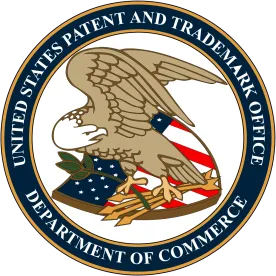As set forth in this March 2, 2020 Federal Register Notice and effective immediately, the USPTO is going to start inquiring into petitions to revive an abandoned application, accept a delayed maintenance fee payment, or accept a delayed priority or benefit claim filed more than two years after the date of abandonment, date of expiration for non-payment, or deadline for making the claim, respectively. There is still no set deadline for filing such petitions, but the Notice emphasizes the requirement that the entire period of delay, from the original due date “until the filing of a grantable petition,” must have been “unintentional.”
USPTO Review of Petitions
At present, the USPTO accepts check-the-box type petitions that require the person signing the document to affirm that the “entire delay” was unintentional. While the current rules provide that “[t]he Director may require additional information where there is a question whether the delay was ‘unintentional’” (see, e.g., 37 CFR § 1.137(b)(4)), the USPTO rarely does so. As explained in the Federal Register Notice:
[The USPTO] usually relies upon the applicant’s duty of candor and good faith and accepts the statement that the entire delay was unintentional without requiring further information because the applicant or patentee is obligated under 37 CFR 11.18 to inquire into the underlying facts and circumstances when providing this statement to the USPTO. See MPEP § 711.03(c), subsection II.C.
According to the Notice, the new policy (which is styled as a “clarification” of USPTO practices) will ensure that “the USPTO is provided with sufficient information of the facts and circumstances surrounding the entire delay to support a conclusion that the entire delay was 'unintentional.'” The Notice doesn’t explain how this new policy will be implemented, but advises that applicants filing any such petitions after the two-year mark “should expect to be required to provide an additional explanation of the circumstances surrounding the delay that establishes that the entire delay was unintentional.”
The Notice also emphasizes that the USPTO still may require additional information under other circumstances, whenever “there is a there is a question as to whether the delay was unintentional.’’
Justifying Additional Review
As explained in the Federal Register Notice, the USPTO recognizes that “[a]n extended period of delay … in filing a petition to revive an application, accept a delayed maintenance fee payment, or accept a delayed priority or benefit claim … raises a question as to whether the entire delay was unintentional.” As stated in the Notice, such delays impact the public because they may “create uncertainty and unpredictability relating to patent rights because the abandoned status of an application, or the expired status of a patent, or an absence of the priority or benefit claim, may be relied upon by other parties.” The Notice also cites the 2018 Federal Circuit decision in In re Rembrandt Technologies LP Patent Litigation, holding patents “unenforceable due to a finding of inequitable conduct in submitting an inappropriate statement that the delay was unintentional.”
Effective Date
According to the Notice, this new policy is effective immediately and will be applied to any petition decided on or after March 2, 2020.




 />i
/>i

